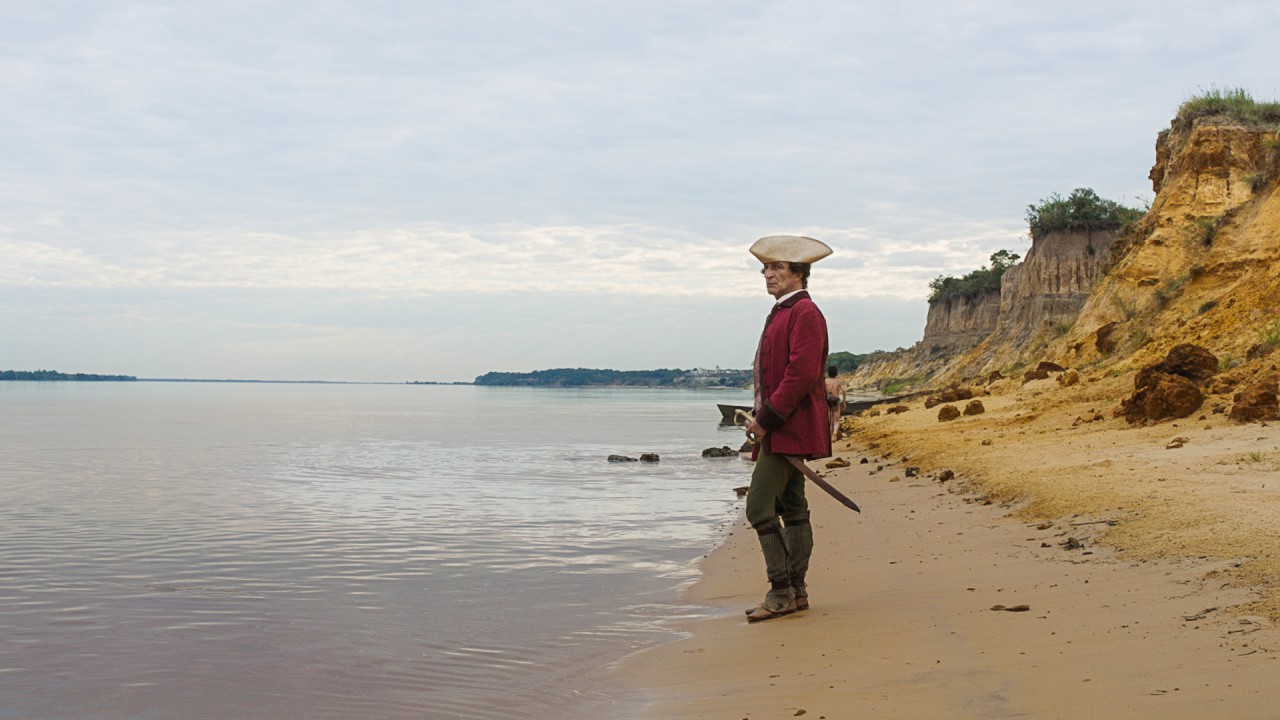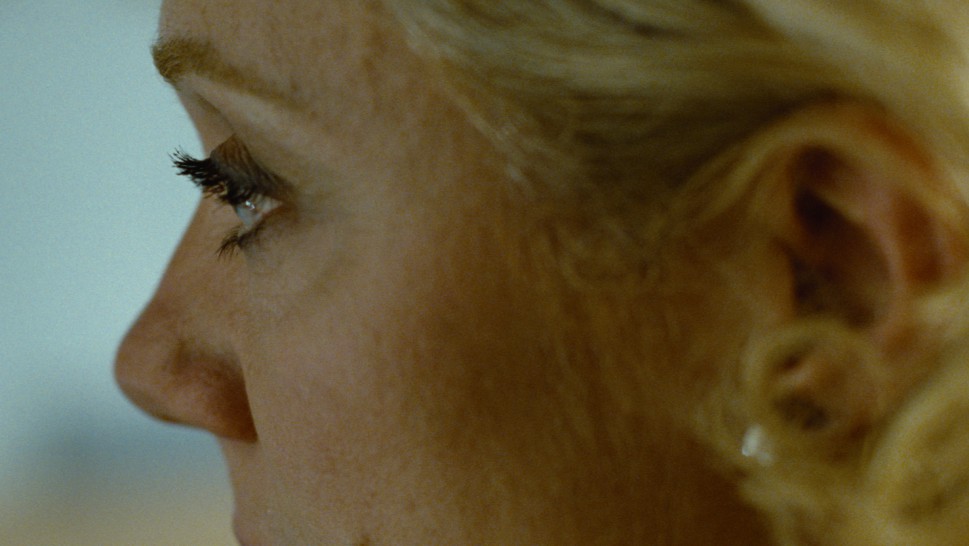


Deep Water. The Cinema of Lucrecia Martel
During the late 1990s, Lucrecia Martel (b. 1966) emerged as one of the leading directors of the highly acclaimed New Argentine Cinema. With her features, La ciénaga/The Swamp, La niña santa/The Holy Girl and La mujer sin cabeza/The Headless Woman, Martel established herself as one of the most celebrated female auteurs in Latin America. The critically acclaimed Zama, which premiered in Venice in 2017, after a nine-year hiatus, catapulted her into the pantheon of arthouse cinema. She is currently working on a documentary of the story of murdered photographer and indigenous land rights activist Javier Chocobar, slain while fighting the removal of his community from their ancestral land in Argentina.
Martel’s first three features—sometimes referred to as the Salta trilogy for their shared setting in the northeastern Argentine province where the director grew up—revolve around families from the provincial bourgeoisie at specific moments of crisis—be it the social decline of plantation owners drowning in their own inertia (in La ciénaga); the sexual awakenings of a teenager caught up in religious mysticism (inLa niña santa); or the existential crisis of a female dentist trying to cover up a hit-and-run accident (in The Headless Woman). Focusing on the domestic sphere, Martel’s films dissect the indolence and parochialism of the life of the middle class in the province, unearthing the decay that lies just beneath the surface.
Like many contemporary Latin American directors, Martel addresses highly political topics, including religion and the role of the Catholic church, patriarchy, same-sex or incestuous desires, privileges associated with race and class, and the role of memory in a post-dictatorship society. What is unique about her films, however, is how they demand that viewers formulate their own ethical stance. Challenging dominant visual strategies, Martel’s camera prefers to capture people from oblique angles to obstruct identification, and it frequently adopts the perspective of a ten-year-old to render both a sense of childlike curiosity and the uncanny. Along similar lines, montage techniques emphasize the unresolved, the truncated, and the elliptical, while Martel’s celebrated soundscapes often undercut visual information, thus deactivating the power of the image. Clearly, Martel seeks to reproduce in viewers the same feelings of abandonment and disorientation experienced by her characters. The effect of these aesthetic choices is to call into question the facile promise of naturalism.
While formally and politically consistent with her previous work, Zama marks a new direction in Martel’s oeuvre. Based on Antonio Di Benedetto’s 1956 novel of the same title, the film is her first literary adaptation, her first period piece, the first not set in her native Salta, the first featuring a male protagonist, and the first without a swimming pool. It’s a leap forward that does not so much record a world but invent it. Even more so than the Salta trilogy, Zama provides access to a reality otherwise beyond reach, forcing viewers to register the uncertainty and contingency of life. Watching Zama is at times a hypnotic and deeply immersive experience that continues long after the film has ended.
For Martel, filmmaking is always a form of discovery and preservation. Repeatedly, she has underscored the revelatory power of film: “We are confined to a certain way of perception,” she observed, “and what cinema allows you to do is to distort this perception a little bit, and for me, with luck, in this distortion, between what the film does and what the spectators do, a certain type of revelation can occur—a small revelation, not a big truth.” – Gerd Gemünden






